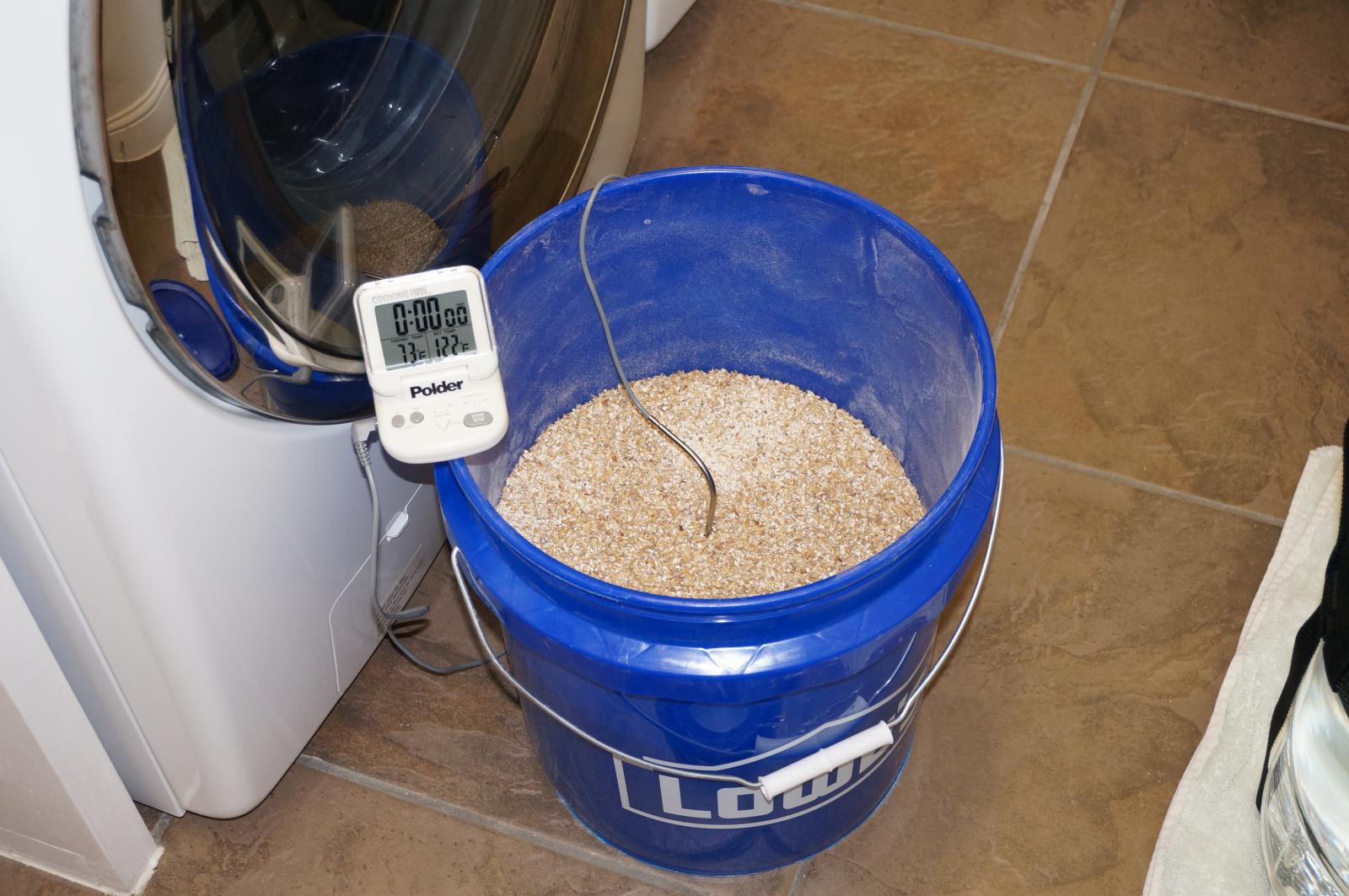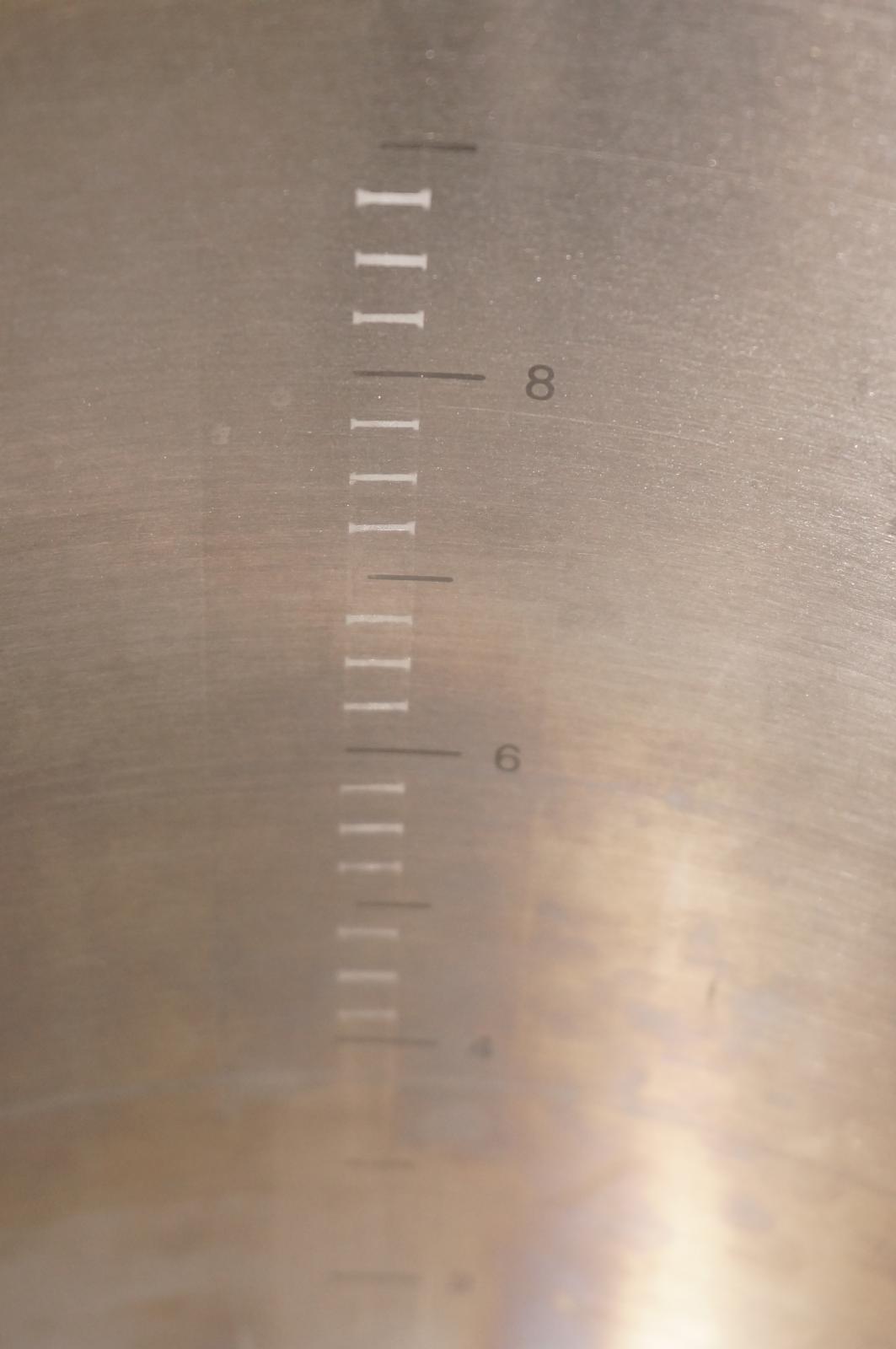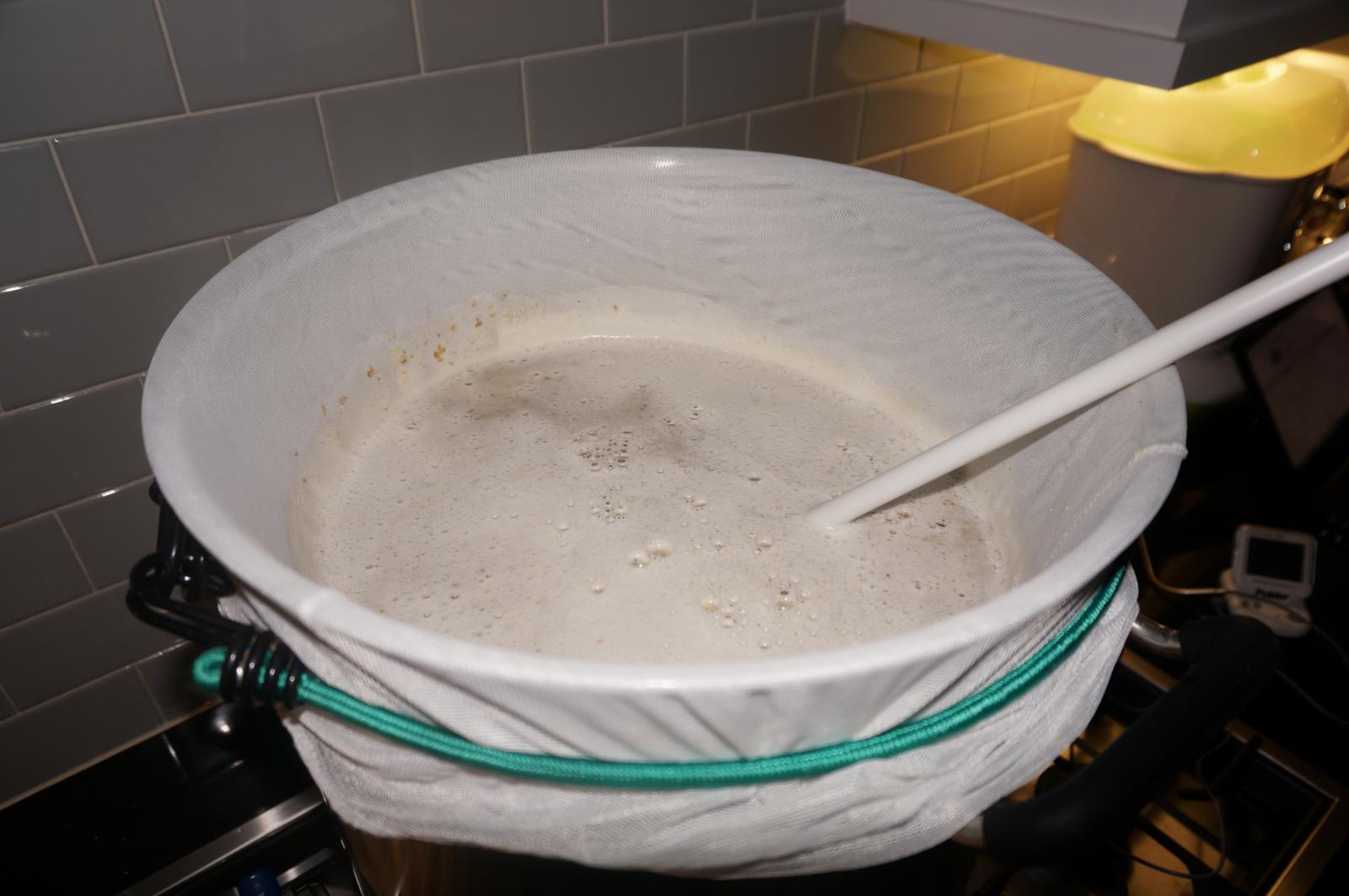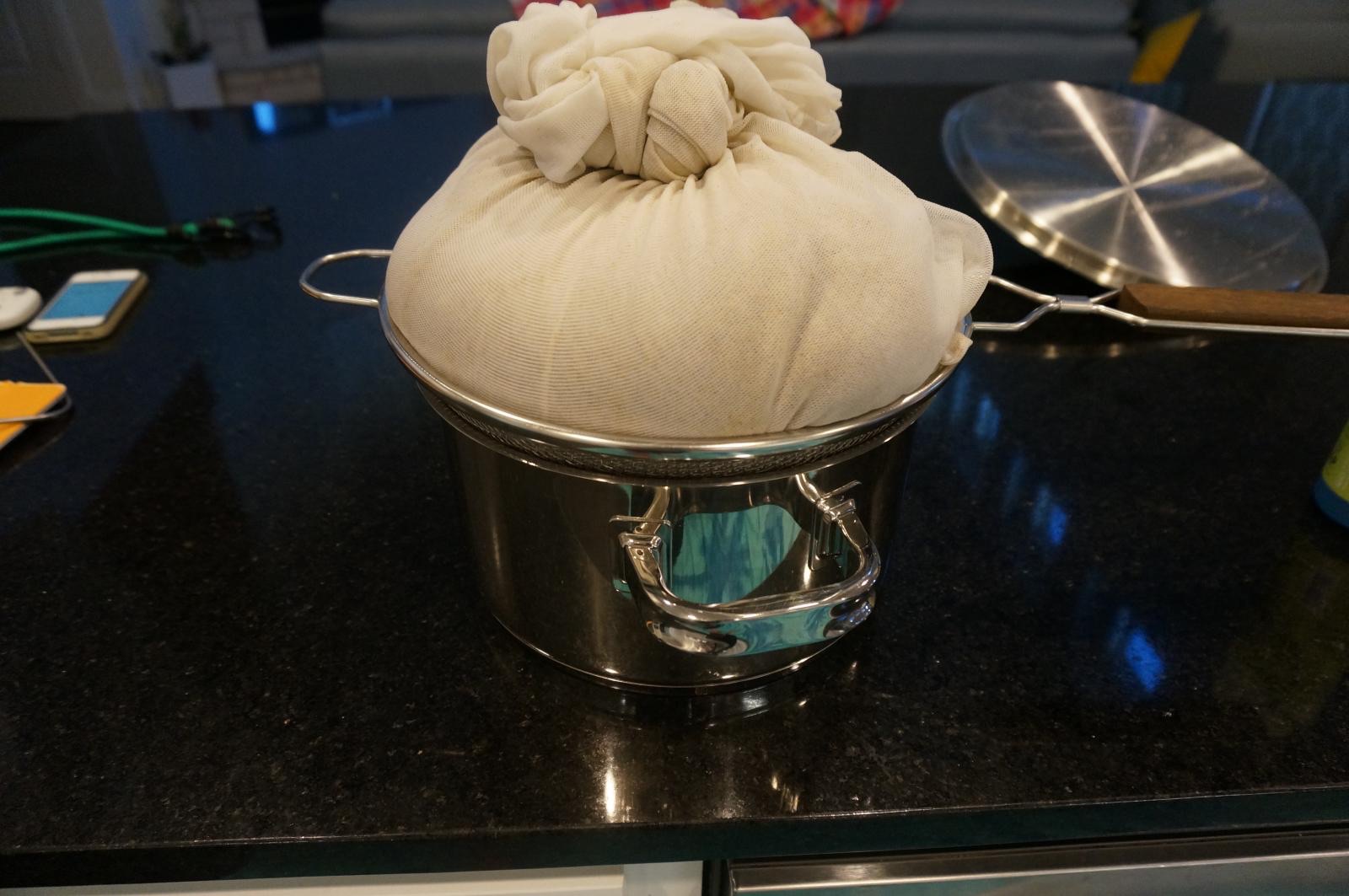Been thinking about all of the process steps necessary to do a BIAB. Been reading up as much as possible, but still just want to get some things clarified before I start with this method.
I haven't done the jump to all-grain yet because I was convinced I didn't have the capacity to do sparges. Now I've read about the no-sparge, and am beginning to think I do have enough space. I understand this could lower my efficiency some, but at my scale I don't think a few percentage points is a big deal. i'd rather spend the few dollars to make up for it in grains. But with a full-volume mash, will it make a pretty thin mash?
I typically like all my ales with a bit of residual sweetness to balance the bitterness, what are some ways to make sure this happens?
If I wanted to make a bigger batch, and i theoretically would already have a thin mash, would it then be a bad idea to top it off?
How much space do you usually leave for the grains, so as to utilize all the space possible, but not spill over?
Why do people recommend double crushing the grains?
I haven't done the jump to all-grain yet because I was convinced I didn't have the capacity to do sparges. Now I've read about the no-sparge, and am beginning to think I do have enough space. I understand this could lower my efficiency some, but at my scale I don't think a few percentage points is a big deal. i'd rather spend the few dollars to make up for it in grains. But with a full-volume mash, will it make a pretty thin mash?
I typically like all my ales with a bit of residual sweetness to balance the bitterness, what are some ways to make sure this happens?
If I wanted to make a bigger batch, and i theoretically would already have a thin mash, would it then be a bad idea to top it off?
How much space do you usually leave for the grains, so as to utilize all the space possible, but not spill over?
Why do people recommend double crushing the grains?





































![Craft A Brew - Safale S-04 Dry Yeast - Fermentis - English Ale Dry Yeast - For English and American Ales and Hard Apple Ciders - Ingredients for Home Brewing - Beer Making Supplies - [1 Pack]](https://m.media-amazon.com/images/I/41fVGNh6JfL._SL500_.jpg)
























